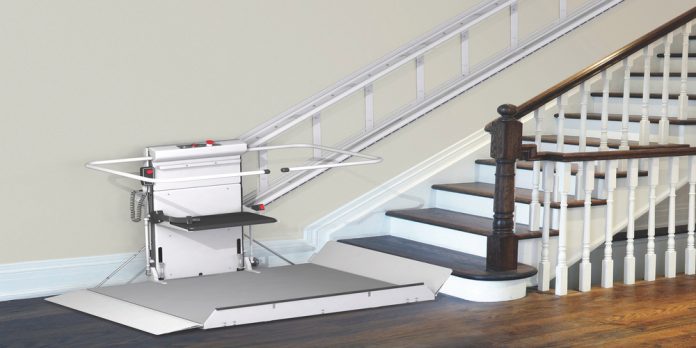For the estimated 20 million Americans living with a disability, the disabled person lift is more than just an assistive device. They’re a symbol of inclusion and equality. These innovative lifts help promote accessibility and provide individuals with disabilities the opportunity to participate in activities and access places that may have been otherwise difficult or impossible to reach.
How Wheelchair Lifts Help Promote Accessibility?
Wheelchair lifts provide individuals with disabilities greater access to public transportation, allowing them easier entry into buses, trains, trams, and other forms of mass transit. This can be especially important in urban areas where public transportation is widely used. Additionally, wheelchair lifts offer disabled individuals access to places such as churches and schools that may not have had ramps or elevators installed prior to their introduction.
The use of wheelchair lifts also helps promote social inclusion by eliminating physical barriers that can prevent people from participating in activities like going out for dinner or attending sports games. Providing accessible transportation options, such as wheelchair lifts, opens up possibilities for those who would otherwise be unable to join in on the fun due to physical limitations.
Accessibility is also improved through the use of residential wheelchair lifts, which enable disabled individuals to enter their own homes without having to struggle over steps or use a manual chair lift system. This can make life significantly easier for someone who relies on a wheelchair for mobility and make a living at home much safer and more convenient.
Are you required to provide a wheelchair lift by the ADA?
The Americans with Disabilities Act (ADA) requires that businesses and public spaces provide accessible transportation options for individuals with disabilities. For example, if you own a restaurant or other public establishment and your building does not have an elevator or ramp, you may be required to install wheelchair lifts to make your establishment accessible to everyone.
Where is a wheelchair lift used?
Vertical platform lifts (VPLs) are a great way for people with limited movement capabilities to get around and can be found everywhere, from residential homes to schools, religious institutions, public parks, and convention centers.
Pinpointing the Perfect Placement: Factors to Weigh Before Installing a Lift.
Prior to installing a lift, carefully and accurately measure the area in which it will be placed for optimal results. When constructing a wheelchair lift, the typical “footprint” is 52 inches by 66 inches and must meet mast or hoistway height standards. Furthermore, some elevators necessitate a ramp for access. Although this broadens the entire size of the lift, most lifts offer an option to be placed in a “pit” without entry ramps. This pit is typically just 3 inches deep and encompasses any area that matches the footprint of the elevator’s size dug out from either floor or ground level. Without a ramp or the need to dig, this lift sits flush with the ground level. In fact, some models don’t require an installation pit at all! So no matter what type of access you need, there’s a model that can provide it without any hassle.
Conclusion
Whether it’s improving access to public transportation or making residential spaces more accessible, wheelchair lifts are helping create greater opportunities for those with disabilities by eliminating physical barriers. Ultimately, these innovative devices are aiding in promoting accessibility and inclusion throughout society and helping give those with disabilities greater autonomy over their lives. If you’re looking for ways to improve accessibility at your business or residence, consider investing in a quality wheelchair lift today!













